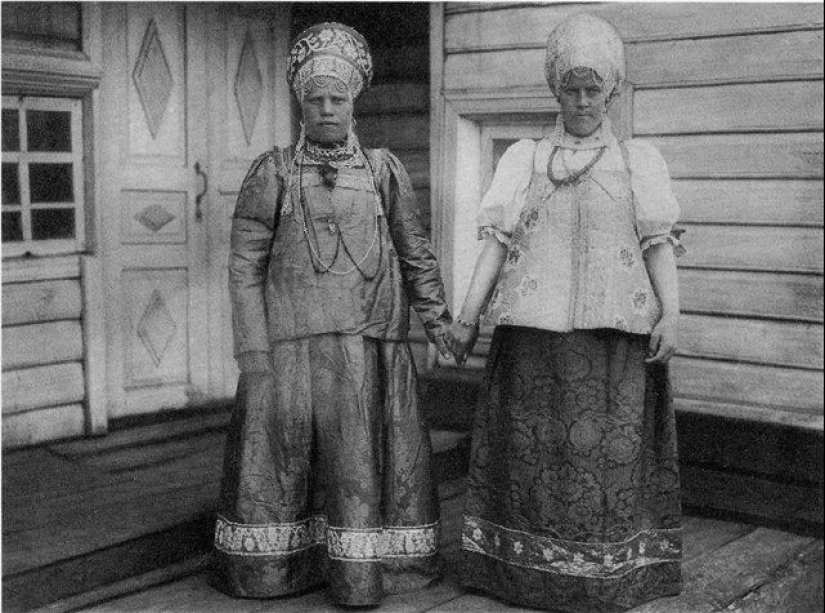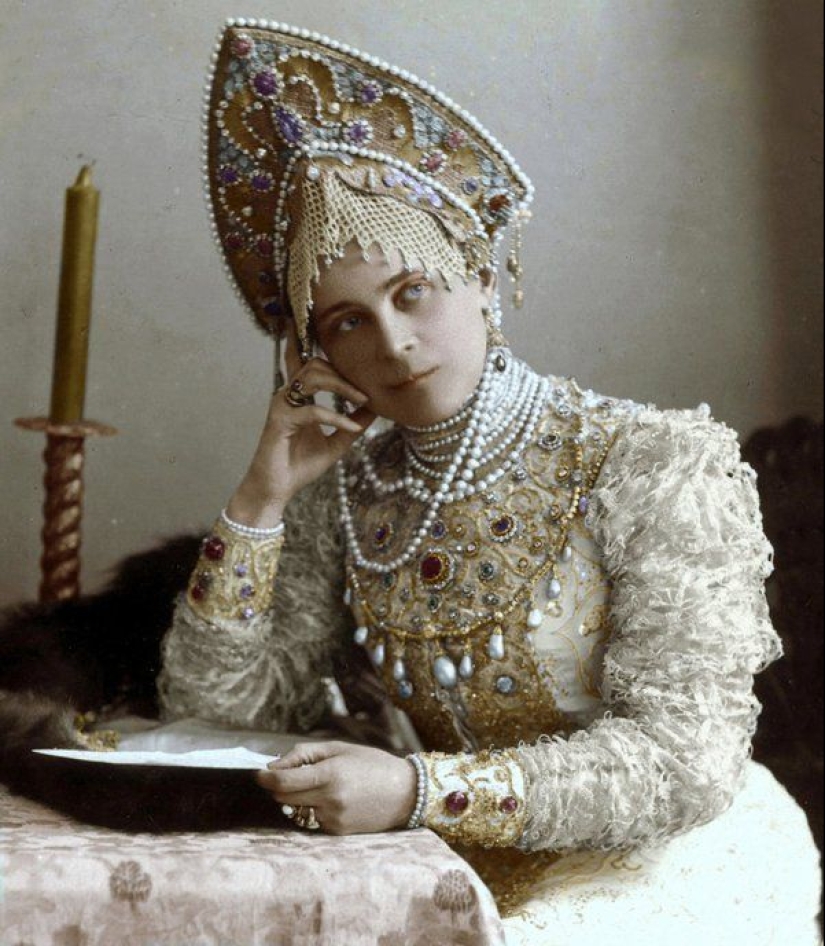Some interesting facts about the Russian kokoshnik that you didn't know
When they talk about the traditional Russian women's costume, first of all they remember the kokoshnik. This beautiful and unusual headdress is many centuries old and it is not surprising that many interesting facts are connected with it. We have selected only a few of them, in our opinion the most interesting.


Kokoshnik became a part of the women's costume of Eastern Slavs a long time ago. More than one scientist has dealt with the issue of its appearance, but it has not yet been possible to find out even a century. Different variants are called, but almost all historians agree that this happened even before the baptism of Russia. It is known for sure that in the 10th century it was already a very common headdress.

Most of us will not be able to remember any additional variant of the name of the kokoshnik. And he had a lot of them: a head, a golden head, a kokoshka, a kokui, a slope, a slope, duckweed, silk. At the same time, the well-known "kokoshnik" appeared only in the 17th century. This word came from "kokosh" — that's how the Russians used to call roosters and chickens. Kokoshnik just looks like a cock's comb.

Russian kokoshniks were of different shapes and differed in design. Each region of Russia had its own style. For example, in the Kostroma, Pskov, Saratov, Nizhny Novgorod and Vladimir provinces, they had a pointed shape. It is difficult to list all types and forms, there were dozens of them. The most popular were "zlatoglav", "heel", "slope", "kokui" and "soroka".

In Russia, kokoshniks were very expensive. They were made by experienced craftsmen using gold and silver threads, gems and pearls. Often these hats were worn from generation to generation and passed down by inheritance. This is not surprising, since in the 19th century the cost of some products reached 300 rubles in banknotes. For comparison, we can say that a kilogram of pork then cost 30 kopecks.

It is often possible to hear the statement that kokoshniks were worn only by married women. They were supposed to cover their hair in front of strangers, so as not to bring misfortune into the house. But in fact, such hats were worn by girls as well as girls. Small kokoshniks were made for them, only partially covering the hair.

From the outside, the kokoshnik seems to be a complex design, but in fact everything is very simple. It consists of a cap on which the "comb" itself is fixed. The main part of the kokoshnik was made in stages. First, the fabric was embroidered with threads and stones, and then stretched on a base of birch bark or other dense material. Often, ribbons were additionally sewn in the back of the product.

If the kokoshniks were worn by the people until the beginning of the 20th century, then the upper class abandoned them in the 17th century. These women's headdresses were banned at the court by Tsar Peter I, who tried to make Europeans out of Russians. They returned to the palaces only in 1834 thanks to Tsar Nicholas I. He introduced by the highest decree a new form for ladies-in-waiting, of which the traditional kokoshnik became a part. Ladies-in-waiting wore it at court until the February Revolution of 1918.
And the kokoshnik was an indispensable part of the women's costume at the famous 1903 costume ball in the Winter Palace.
Recent articles

Most of us think that the color of the eggshell does not play any role and it is possible not to pay attention. But it's not and ...

The more we rely on technology, the more potential power hackers gain over us. It doesn't matter if their goal is to help or cause ...

Creating a good portrait is one of the most difficult tasks for any photographer. In order to make a really natural and memorable ...